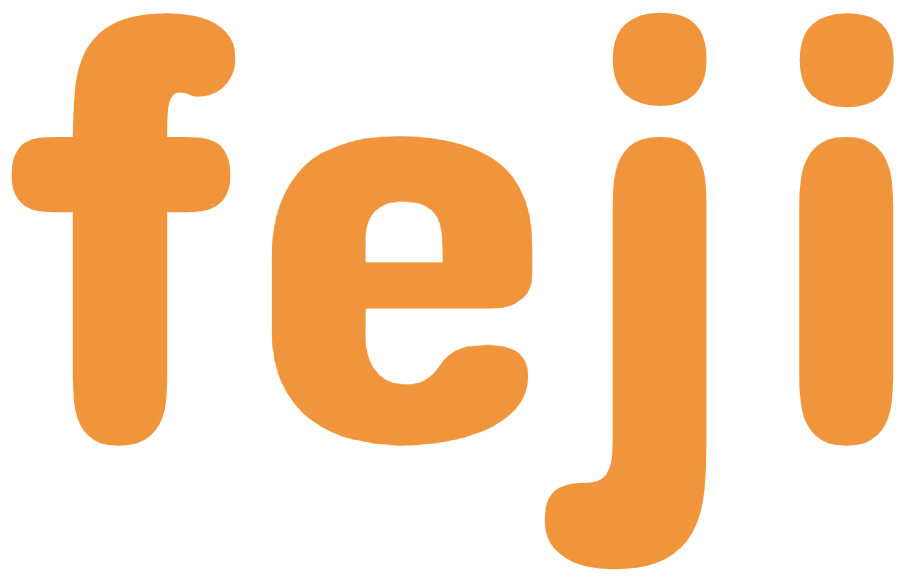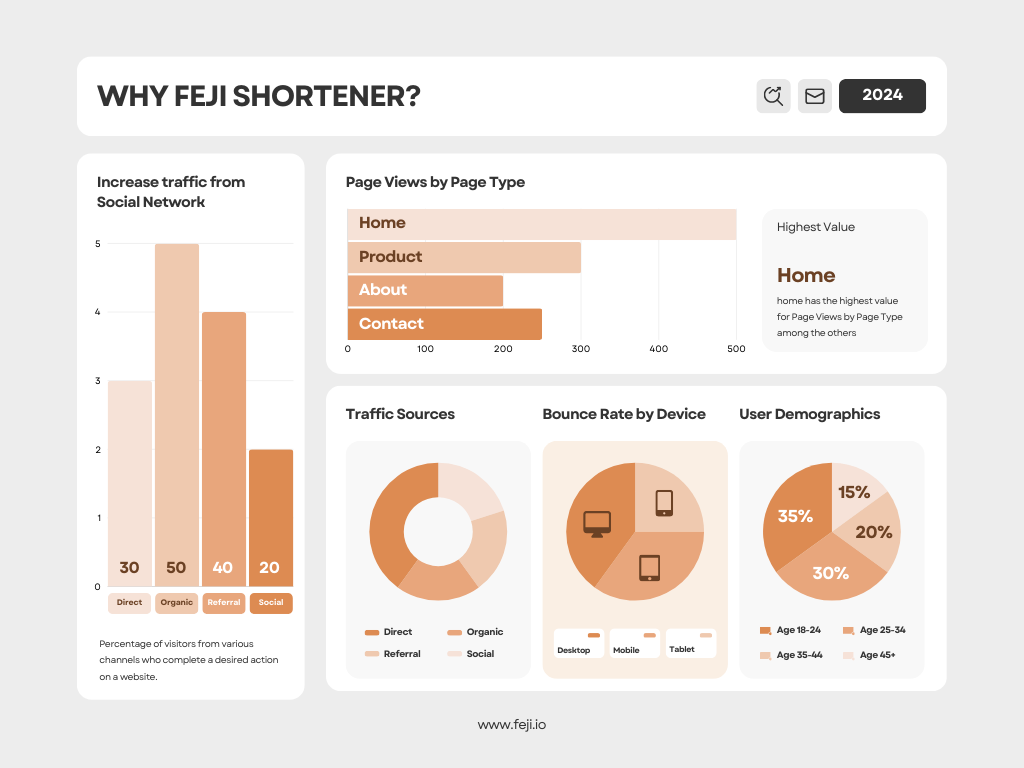In the intricate web of digital marketing, Pay-Per-Click (PPC) advertising shines as a beacon for businesses aiming to reach a wider audience. However, the journey to realizing a substantial return on investment (ROI) from PPC campaigns can be daunting, especially if you feel overwhelmed by data and competitive pressure. But fear not! Let’s embark on an emotional journey that not only addresses the logistics of PPC but also empowers you to optimize your campaigns for maximum ROI.
1. Understanding Your Goals: The Heartbeat of Your Campaign
Before diving into the technicalities of PPC, it's essential to understand what success looks like for you. What are your business goals? Are you looking to increase website traffic, boost sales, or generate leads?
Imagine the joy of seeing your e-commerce store bustling with activity, carts brimming with products. Or envision the satisfaction of watching your mailing list grow daily. Clarifying these goals provides direction and a sense of purpose.
Keyword focus: PPC campaign goals, digital marketing objectives, setting PPC targets
2. Meticulous Keyword Research: The Foundation of Success
Keywords are the lifeblood of any PPC campaign. Without the right keywords, your ads might not reach the intended audience. Dive deep into keyword research using tools like Google Keyword Planner, SEMrush, or Ahrefs.
Think about your customer’s intent. Picture a hopeful bride searching for the perfect wedding dress or a determined entrepreneur seeking business solutions. Keywords should resonate with what your target audience is truly looking for.
Keyword focus: Keyword research for PPC, Google Keyword Planner, understanding search intent

3. Crafting Compelling Ad Copy: Speak to Their Hearts
In a crowded digital space, your ad copy needs to stand out. It’s not just about listing features—it’s about connecting emotionally with your audience. Your words should resonate with their desires, fears, and ambitions.
Consider the relief a parent might feel reading an ad for a reliable childcare service or the excitement a tech enthusiast experiences discovering the latest gadget. Create a sense of urgency with phrases like “limited time offer” or “exclusive deal.” Test different variations to see what strikes a chord with your audience.
Keyword focus: Writing PPC ad copy, emotional marketing, ad copy optimization
4. Harnessing the Power of Negative Keywords: Avoiding Pitfalls
Just as important as targeting the right keywords is excluding the wrong ones. Negative keywords prevent your ads from showing to audiences who are unlikely to convert.
Consider a local bakery that doesn’t offer gluten-free products. Using “gluten-free” as a negative keyword ensures that their ads don’t attract users looking for gluten-free options. This not only saves budget but also improves ad relevance.
Keyword focus: Negative keywords in PPC, ad relevance, optimizing ad spend
5. Ad Extensions: Enhancing Visibility and Engagement
Ad extensions provide additional information and make your ads more engaging. They can include call buttons, location info, additional links, or even price details. Utilizing ad extensions not only enhances the user experience but also increases your ad’s visibility on search engines.
Imagine a busy professional quickly accessing your services via a call extension or a curious shopper discovering your top products through site link extensions. These small additions can lead to significant improvements in click-through rates (CTR).
Keyword focus: PPC ad extensions, enhancing ad visibility, improving CTR
6. A/B Testing: Discovering What Resonates
Testing is at the heart of optimization. A/B testing, or split testing, allows you to compare different versions of your ads to determine what works best. Test variations in headlines, ad copy, and landing pages. Gather data on what captures your audience’s interest and leads to conversions.
Think about the satisfaction of uncovering that a simple tweak—like adding an emotional trigger or changing a call-to-action—has boosted your conversion rates. A/B testing is an iterative process, offering continuous learning and improvement.
Keyword focus: A/B testing in PPC, improving conversion rates, PPC campaign optimization
7. Budget Management: Getting the Most Bang for Your Buck
Effective budget management is crucial for maximizing ROI. Start with a realistic budget based on your goals and gradually adjust it as you gather data. Prioritize high-performing keywords and ad groups to allocate more funds where they are most effective.
Envision the peace of mind that comes with a well-balanced budget, ensuring you’re not overspending while still reaching your desired audience. Tools like Google Ads Budget Report can help you monitor and adjust spending.
Keyword focus: PPC budget management, maximizing ad spend, Google Ads Budget Report
8. Landing Page Optimization: Close the Deal
A seamless user experience from ad click to conversion is crucial. Your landing page should be relevant, fast-loading, and optimized for mobile devices. Align the messaging with your ad to create a coherent journey for the user.
Think about a traveler booking a holiday—excited by the promise of a getaway, they click your ad only to face a confusing, cluttered landing page. Optimize your page to guide visitors smoothly towards conversion, creating a delightful experience.
Keyword focus: Landing page optimization, improving user experience, mobile-friendly landing page
9. Remarketing: Rekindling Interest and Driving Conversions
Remarketing targets users who have previously interacted with your website or ads but didn’t convert. By gently reminding them of your offerings, you nudge them closer to a purchase decision.
Picture a customer who almost bought a luxurious watch but hesitated at the last moment. A well-timed remarketing ad offering a small discount could reignite their desire, bringing them back to complete the purchase.
Keyword focus: PPC remarketing strategy, improving conversion rates, targeted ad campaigns
10. Regular Performance Analysis: Learning and Adapting
Lastly, regularly analyze your campaign performance using tools like Google Analytics and Google Ads Performance Grader. Track metrics such as CTR, cost per conversion, and overall ROI.
Imagine the confidence and empowerment that comes from understanding your data—knowing exactly which strategies are yielding results and which need refining. This ongoing analysis ensures your PPC campaigns evolve and stay effective.
Keyword focus: PPC campaign analysis, tracking conversion rates, Google Analytics for PPC
Empowering Your PPC Journey
Optimizing your PPC campaigns for maximum ROI is more than a technical exercise—it’s an emotional journey filled with learning, adaptation, and the satisfaction of seeing your efforts bear fruit. By understanding your audience, crafting compelling stories, leveraging data, and continuously improving, you not only maximize your returns but also forge a deeper connection with your customers.
As you implement these strategies, envision the success waiting on the horizon. Picture your brand rising above the noise, capturing hearts, and driving meaningful engagements. With dedication and the right approach, your PPC campaigns can transform from mere advertising efforts into powerful engines of growth and customer loyalty.

 Vietnamese
Vietnamese









Nguyen Hoai Thanh
Nguyen Hoai Thanh is the Founder and CEO of Metaconex. With 12 years of experience in developing websites, applications and digital media, Nguyen Hoai Thanh has many stories and experiences of success to share.